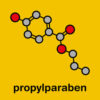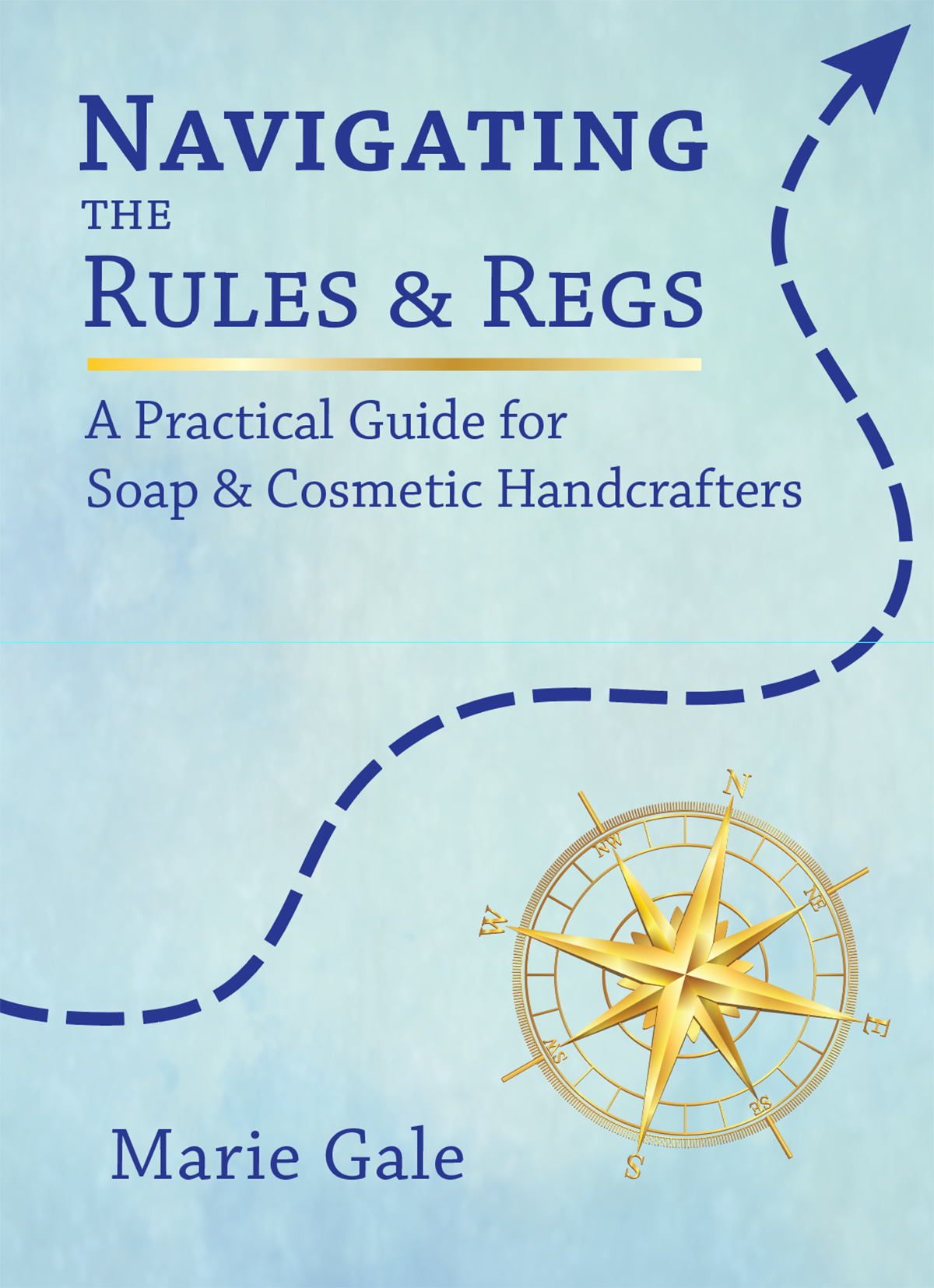Parabens are a class of preservatives including methylparaben, propylparaben, butylparaben and ethylparaben (and 17 more). These are commonly used preservatives which form the basis of several commercial preservative blends, including Germaben(TM) II and Liquapar(TM).
Paraben Safety
Parabens have been used in cosmetic (and other) products for over 100 years. However, there have recently been safety concerns regarding the use of parabens in cosmetic products. Within the last few years, a number of scientific and regulatory bodies have reviewed the safety of parabens.
Cosmetic Ingredient Review Expert Panel
The Cosmetic Ingredient Review (“CIR”) Expert Panel reviewed the safety of the parabens in 1984. At that time, based on a review of materials submitted to the FDA, usage rates were almost all at less than 1% (there were a few products using parabens at 1-5% and one at 25%). The CIR found that parabens were “safe as cosmetic ingredients in present practices of use.”
The CIR did a second review of parabens in 2008. At that time usage rates in all products were less than 1%. The CIR again found that the parabens were safe as cosmetic ingredients in the practices of use and in the concentrations described.
Another CIR review was done in 2020. At that time the Expert Panel determined that all (except one) of the parabens reviewed were safe in cosmetics, provided the total parabens in a formulation is not more than 0.8%.1
European Cosmetics
Parabens are allowed in European cosmetics, provided the rate is not more than 0.4% for any individual paraben, and not more than 0.8% combined.2 However the Scientific Committee on Consumer Safety recommends a maximum concentration of 0.19% for propylparaben and butylparaben.3
United States
The FDA has stated they are continuing to review published materials on parabens, but have not found information showing that parabens in cosmetic products pose a hazard or health risk.4
The FDA allows methylparaben and propylparaben as food preservatives, at not more than 0.1%5
Environmental Working Group
On a scale ranking ingredients from best (1) to worst (10) the Environmental Working Group ranks ethylparaben at 3, methylparaben at 4, and butylparaben and propylparaben at 9.6
Use of Preservatives with Parabens
Germaben(TM) II is of the most common preservatives containing parabens that is used by handcrafters. The component ingredients are:
- 56% Propylene Glycol
- 30% Diazolidinyl Urea
- 11% Methylparaben
- 3% Proplyparaben
The suggested usage rate varies on different supplier websites, but is generally from .5% to 1%. Used at 1%, the percentage of each component in the total product would be:
- 0.56% Propylene Glycol
- 0.30% Diazolidinyl Urea
- 0.11% Methylparaben
- 0.03% Proplyparaben
These amounts are within the suggested parameters of the Cosmetic Ingredient Review and the EU Regulations and the EU Scientific Committee on Consumer Safety.
Claiming “Paraben Free”
Parabens are still widely used. Even if you don’t directly add a preservative that contains parabens, it is possible that one or more of your ingredients contains a preservative which in turn contains parabens.
If you choose to claim that your product is “paraben free,” be sure to check all your ingredients for preservatives. You should be able to get the ingredient information from your supplier or the product manufacturer.
- International Journal of Toxicology 2020:39 (1_suppl) 5S-97S. There was insufficient data to support a conclusion of safety for benzylparaben. ↩︎
- EC 1223/2009 Cosmetic Products ↩︎
- EU Parabens Fact Sheet ↩︎
- Parabens in Cosmetics (FDA) ↩︎
- 21 CFR 184.1490 Methylparaben and 21 CFR 184.1670 Propylparaben ↩︎
- Parabens (EWG) ↩︎



Leave a Reply